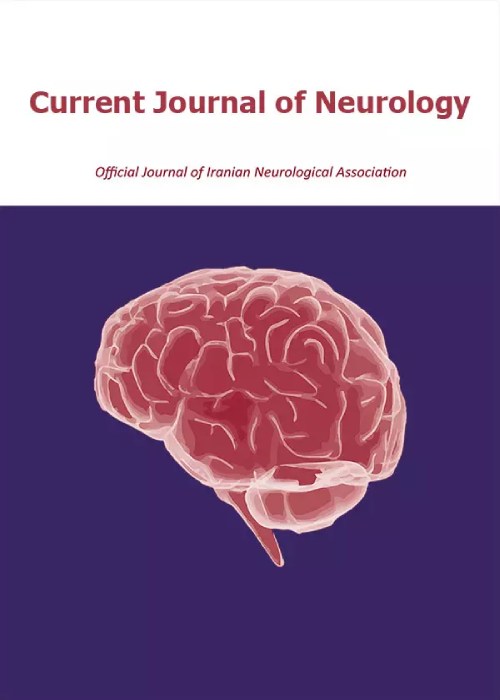Stroke following coronary artery bypass grafting (CABG):
Author(s):
Abstract:
Introduction
Coronary artery disease (CAD) is a major source of morbidity and mortality all over the world. Nowadays, coronary artery bypass grafting (CABG) is the most frequently performed cardiac operation. The most significant and disabling complication of CABG remain cerebral injury and especially stroke. CAD patients with the history of neurologic disease, advanced age, hypertension, diabetes, peripheral vasculature and pulmonary diseases are at the highest risk of stroke. The aim of our study was to determine the prevalence of stroke following CABG and also to evaluate the possible risk factors of post-CABG stroke in a sample of Iranian CAD patients. Methods and materials: In this cross-sectional study, all CAD patients who underwent CABG surgery in Imam Khomeini Hospital during the years 1998-2000 were recruited. In addition to the incidence of stroke, other variables including age, sex, hypertension, diabetes, hypercholesterolemia, previous history of cerebrovasculature attack (CVA), diseases of peripheral vasculature, number of grafted coronary arteries, left ventricular ejection fraction, NYHA classification, length of cardiopulmonary bypass (CPB) and history of carotid endarterectomy were recorded based on patient’s medical document. Data were codified and entered in SPSS 16 software and variables were analyzed with Chi2 and independent T-test. Results
From 1400 patients who were studied, 1028 (73.4%) were male and 372 (26.6%) were female with the mean age of 58.38 (SD=9.63) years. Twenty patients (1.6%) had stroke during their hospitalization. There were no significant relationship between age, sex, hypertension, diabetes, number of grafted coronary arteries, left ventricular ejection fraction, NYHA classification, length of CPB and the incidence of stroke after CABG (P>0.05). While, hypercholesterolemia (P=0.016, OR=6.25), previous history of CVA (P=0.008, OR-5.55), diseases of peripheral vasculature (P=0.005, OR=6.25) and history of carotid endarterectomy (P=0.005, OR=6.25) significantly increased the incidence of stroke. Conclusion
Unlike some previous studies, there was no significant association between age and stroke in this study which could be related to the lower age of CABG in Iranian patients. On the other hand, results of present study showed that hypercholesterolemia, previous history of CVA, diseases of peripheral vasculature and history of carotid endarterectomy significantly increased the incidence of stroke.Language:
English
Published:
Current Journal of Neurology, Volume:9 Issue: 29, 2010
Page:
678
magiran.com/p854467
دانلود و مطالعه متن این مقاله با یکی از روشهای زیر امکان پذیر است:
اشتراک شخصی
با عضویت و پرداخت آنلاین حق اشتراک یکساله به مبلغ 1,390,000ريال میتوانید 70 عنوان مطلب دانلود کنید!
اشتراک سازمانی
به کتابخانه دانشگاه یا محل کار خود پیشنهاد کنید تا اشتراک سازمانی این پایگاه را برای دسترسی نامحدود همه کاربران به متن مطالب تهیه نمایند!
توجه!
- حق عضویت دریافتی صرف حمایت از نشریات عضو و نگهداری، تکمیل و توسعه مگیران میشود.
- پرداخت حق اشتراک و دانلود مقالات اجازه بازنشر آن در سایر رسانههای چاپی و دیجیتال را به کاربر نمیدهد.
In order to view content subscription is required
Personal subscription
Subscribe magiran.com for 70 € euros via PayPal and download 70 articles during a year.
Organization subscription
Please contact us to subscribe your university or library for unlimited access!


